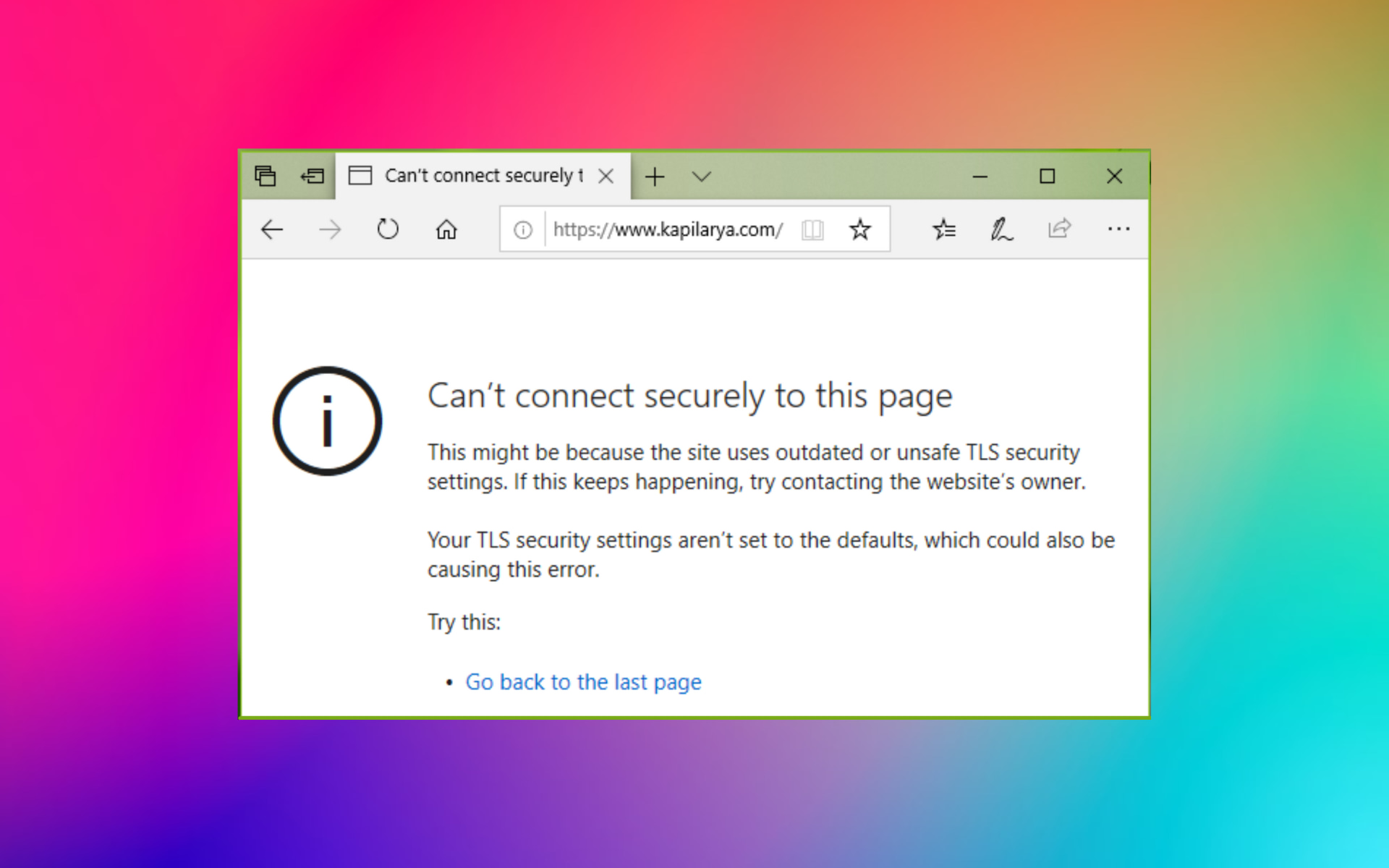Connecting devices securely is not just about convenience—it’s about protecting what matters most. In today’s hyper-connected world, every smart device you bring into your network adds a potential entry point for hackers. But don’t panic! With the right strategies and tools, you can keep your digital life safe without compromising on usability. Whether you’re setting up a home network or managing a business, this guide has got your back.
Think about it: your phone, laptop, smart fridge, and even your smartwatch are all talking to each other through your Wi-Fi. That’s a lot of data flying around, and if you’re not careful, someone could be listening in. This is why learning how to connect devices securely is more important than ever. It’s not just about passwords anymore—it’s about creating layers of protection that make it harder for cybercriminals to get in.
But here’s the good news: securing your devices doesn’t have to be complicated. In this article, we’ll break down everything you need to know in simple terms, from basic security practices to advanced tips that’ll make you feel like a cybersecurity pro. Let’s dive in!
- Diddy Beyonceacute Jayz Leaked Video The Inside Story You Need To Know
- Nude Photos Of Stephanie Mcmahon A Closer Look At The Controversy And Misinformation
Table of Contents
Understanding Network Security Basics
Choosing the Right Security Protocols
- Movie Rulez2 Your Ultimate Guide To Streaming Movies Like A Pro
- Unleashing The Power Of Movierulz 2025 Your Ultimate Destination For Telugu Movies
Setting Up a Secure Wi-Fi Network
Monitoring Your Network for Threats
Why Secure Connections Matter
You might think, “What’s the worst that could happen if my devices aren’t secured?” Well, let me paint you a picture. Imagine waking up one morning to find out someone has accessed your bank account, stolen your personal photos, or even taken control of your smart home devices. Scary, right? This isn’t just some far-fetched scenario—it happens all the time.
When you connect devices securely, you’re not just protecting your data; you’re also safeguarding your privacy and your finances. Cybercriminals are getting smarter, and they’re always on the lookout for vulnerabilities in networks. By taking proactive steps, you can stay one step ahead of them.
And let’s not forget the legal implications. If you’re running a business, failing to secure your network could lead to hefty fines and damage to your reputation. So whether you’re protecting your own devices or those of your customers, secure connections should be a top priority.
Understanding Network Security Basics
What is Network Security Anyway?
Network security is basically the practice of protecting your digital assets from unauthorized access. It involves using various tools and techniques to create barriers between your network and potential threats. Think of it like locking the doors and windows of your house, but in cyberspace.
There are different types of network security, including firewalls, antivirus software, intrusion detection systems, and encryption. Each of these components plays a crucial role in keeping your network safe. For example, firewalls act as a barrier between your network and the outside world, while encryption ensures that even if someone intercepts your data, they won’t be able to read it.
Key Components of a Secure Network
- Firewalls: These control incoming and outgoing traffic based on predetermined security rules.
- Antivirus Software: Detects and removes malicious software before it can cause harm.
- Encryption: Converts your data into a secret code to prevent unauthorized access.
- Access Control: Ensures only authorized users can access certain parts of your network.
By combining these elements, you can build a robust security framework that keeps your devices safe.
Choosing the Right Security Protocols
Security protocols are like the rules that govern how your devices communicate with each other. Some of the most common ones include WPA3, SSL/TLS, and HTTPS. But how do you know which one to use?
For Wi-Fi networks, WPA3 is currently the gold standard. It offers stronger encryption and better protection against brute-force attacks compared to its predecessors. If you’re setting up a new router, make sure it supports WPA3. As for web traffic, always look for websites that use HTTPS. The “S” stands for secure, meaning the connection between your browser and the website is encrypted.
When it comes to email, SSL/TLS is the protocol of choice. It encrypts your messages so that even if someone intercepts them, they won’t be able to read the contents. By choosing the right security protocols, you can significantly reduce the risk of a data breach.
Setting Up a Secure Wi-Fi Network
Your Wi-Fi network is the backbone of your digital life, so it’s essential to set it up securely from the start. Here are some tips to help you create a safe and reliable network:
- Change the Default Password: Routers usually come with a default password that’s easy for hackers to guess. Change it to something strong and unique.
- Use WPA3 Encryption: As mentioned earlier, WPA3 offers the best protection for Wi-Fi networks.
- Disable WPS: Wi-Fi Protected Setup (WPS) may seem convenient, but it’s also a security risk. Turn it off if you don’t need it.
- Keep Firmware Updated: Manufacturers frequently release updates to fix security vulnerabilities. Make sure your router is always running the latest firmware.
By following these steps, you can create a Wi-Fi network that’s both fast and secure.
Device-Specific Security Tips
Securing Your Laptop and Desktop
Your computer is probably the most important device in your network, so it deserves extra attention. Here are some tips to keep it safe:
- Install Antivirus Software: Choose a reputable antivirus program and keep it updated.
- Use Strong Passwords: Avoid using simple passwords like “123456” or “password.” Instead, opt for something complex and unique.
- Enable Disk Encryption: Tools like BitLocker for Windows or FileVault for macOS can encrypt your hard drive, making it harder for hackers to access your data.
Protecting Your Smartphone
Your phone is a treasure trove of personal information, so securing it should be a top priority. Here’s how:
- Use a PIN or Biometric Lock: A strong PIN or fingerprint/face recognition can prevent unauthorized access.
- Be Cautious with Apps: Only download apps from trusted sources like the Apple App Store or Google Play Store.
- Enable Remote Wipe: This feature allows you to erase your phone’s data remotely if it’s lost or stolen.
Protecting IoT Devices
Internet of Things (IoT) devices like smart speakers, thermostats, and security cameras are becoming increasingly popular. But with great convenience comes great responsibility. Here’s how to protect your IoT devices:
- Change Default Credentials: Just like with routers, IoT devices often come with default usernames and passwords. Change them immediately.
- Segregate IoT Devices: Create a separate Wi-Fi network for your IoT devices to limit their access to sensitive data.
- Keep Firmware Updated: Manufacturers regularly release updates to fix security flaws. Make sure your devices are always up to date.
By following these best practices, you can enjoy the benefits of IoT without compromising your security.
Monitoring Your Network for Threats
Even with the best security measures in place, it’s important to keep an eye on your network for potential threats. Here are some tools and techniques to help you stay vigilant:
- Network Monitoring Software: Programs like Wireshark and SolarWinds can help you monitor your network traffic in real time.
- Intrusion Detection Systems (IDS): These systems alert you when someone tries to access your network without permission.
- Regular Security Audits: Conducting regular audits can help you identify and address any vulnerabilities before they become serious issues.
Think of monitoring as the final layer of defense. It’s not enough to set up security measures—you need to actively manage them to ensure they’re working as intended.
Advanced Security Measures
If you’re looking to take your security to the next level, here are some advanced techniques to consider:
- Virtual Private Networks (VPNs): A VPN creates a secure tunnel between your device and the internet, making it harder for hackers to intercept your data.
- Multi-Factor Authentication (MFA): MFA adds an extra layer of security by requiring more than one form of identification to access your accounts.
- Network Segmentation: By dividing your network into smaller segments, you can limit the damage if one part of your network is compromised.
These advanced measures may require a bit more effort to set up, but they can provide significant benefits in terms of security.
Common Mistakes to Avoid
Even the most security-conscious people can make mistakes. Here are some common pitfalls to watch out for:
- Using Weak Passwords: Avoid using easily guessable passwords like birthdays or pet names.
- Ignoring Software Updates: Don’t put off installing updates—they often contain critical security patches.
- Connecting to Public Wi-Fi Without Protection: Public Wi-Fi networks can be dangerous if you’re not using a VPN or other security measures.
By avoiding these mistakes, you can greatly reduce the risk of a security breach.
Conclusion and Next Steps
Connecting devices securely doesn’t have to be a daunting task. By following the tips and strategies outlined in this guide, you can create a safe and reliable network that protects your data and privacy. Remember, security is an ongoing process, so stay vigilant and keep learning.
Now it’s your turn! Take action by implementing these security measures in your own network. And don’t forget to share this article with your friends and family to help them stay safe online. Together, we can make the digital world a safer place.
Author’s Note: The information in this article is based on current best practices and research. For more resources, check out trusted websites like the National Institute of Standards and Technology (NIST) and the Cybersecurity and Infrastructure Security Agency (CISA).
- Why Vegamoviesfun Is Revolutionizing The Way We Stream Movies
- Movie Rulez2 Your Ultimate Guide To Streaming Movies Like A Pro

![Can't connect securely to this page [ERROR FIXED] Browser Guides](https://cdn.windowsreport.com/wp-content/uploads/2018/07/Cant-connect-securely-to-this-page.jpg)
